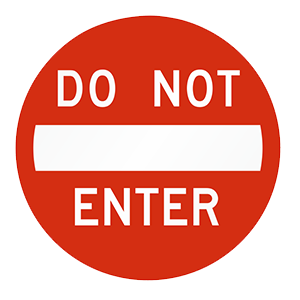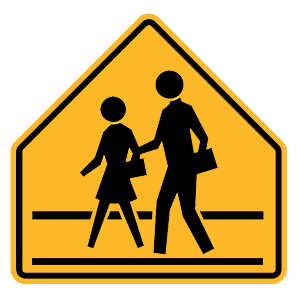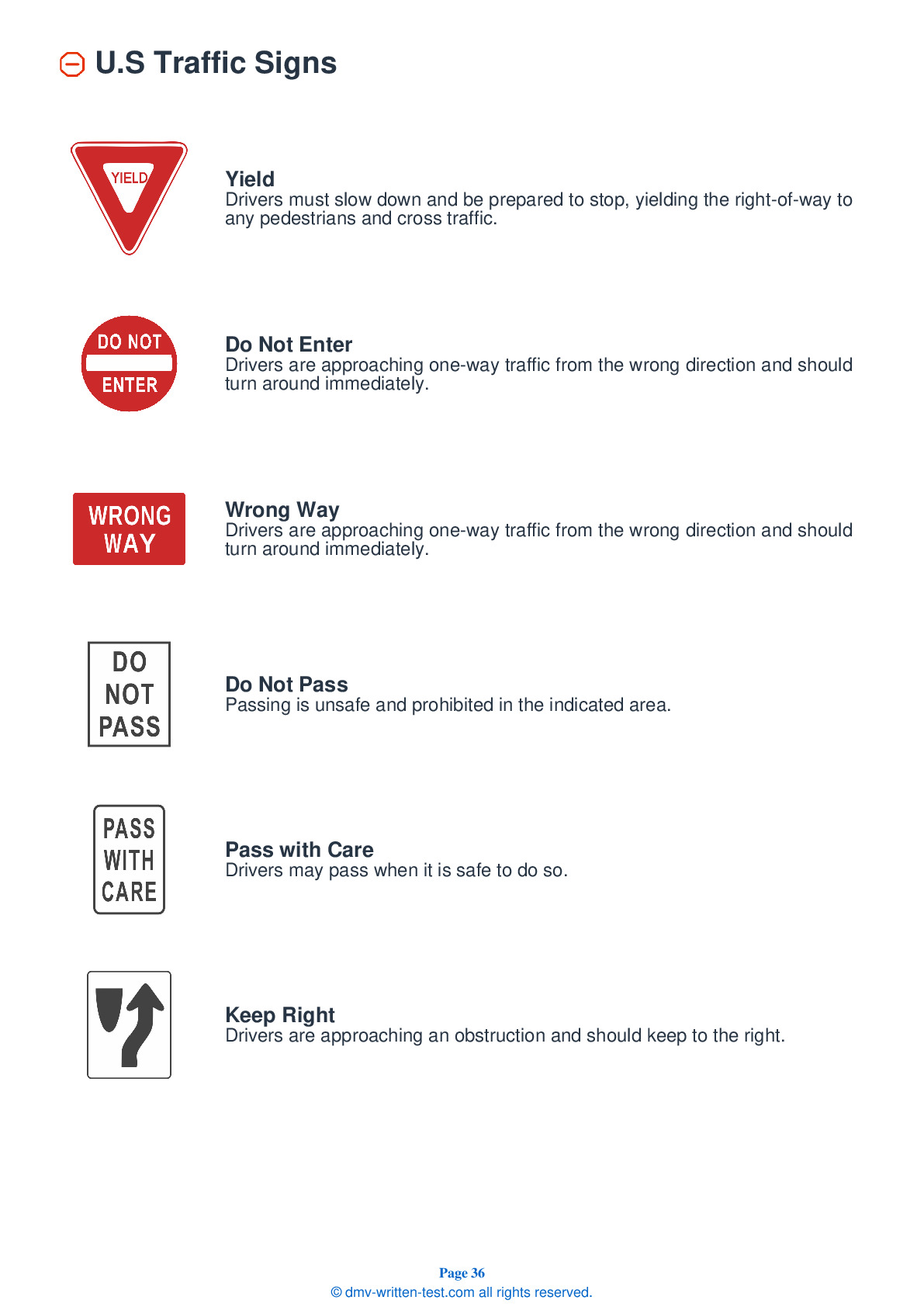2025 New Hampshire Permit Test 19
The following questions are from real DMV written tests. These are some of the actual permit questions you will face in New Hampshire. Each permit practice test question has three answer choices. Select one answer for each question and select "grade this section." You can find this button at the bottom of the drivers license quiz. For a complete list of questions and answers for New Hampshire please visit https://cheat-sheets.dmv-written-test.com/en/new-hampshire/car.
Number of Tests
Number of Question
Passing Score
25. If an approaching train is near enough or going fast enough to be a danger, you must:
Explanation
You should look and listen for trains before crossing any railroad tracks. If an approaching train is near enough or going fast enough to be a danger, you cannot go across the tracks. This is true even if they have no signals or the signals are not working.
26. When changing lanes, you can check your blind spots by:
Explanation
You should turn your head to check your blind spots before every lane change.
27. The effect that alcohol has on your reflexes and judgment:
Explanation
Consuming any type of alcohol can have negative effects on your reflexes and judgment. It does not matter which type of alcohol is consumed, only how much alcohol has entered a person's bloodstream.
28. This road sign means:

Explanation
If you drive past these signs, you are going the wrong way and are at risk of a head-on collision. You should cautiously turn around.
29. A person who drives much slower than the speed limit:
Explanation
Driving more slowly than the flow of traffic can be hazardous. If you are on a two-lane, two-way road and driving so slowly that traffic is backing up behind you, you are required to pull off the road and let the other vehicles pass. Only drive significantly under the speed limit when conditions require it.
30. If your wheels drop off the pavement and onto the shoulder of the road, you should:
Explanation
If your wheels drop off the pavement and onto a low shoulder, you should reduce your speed without braking and very carefully turn back onto the pavement. Be aware of any nearby traffic when re-entering the road.
32. What are the colors of warning signs indicating upcoming hazards?
Explanation





